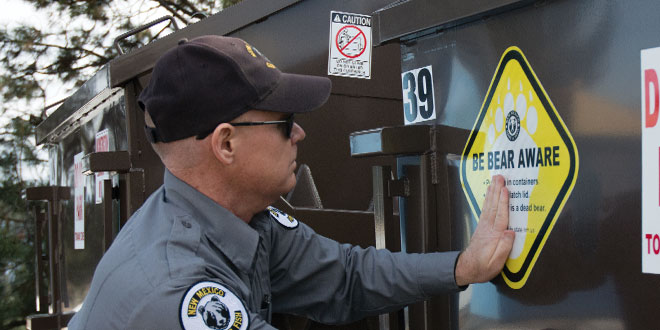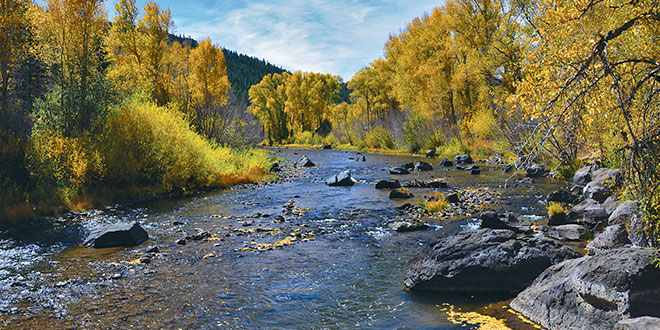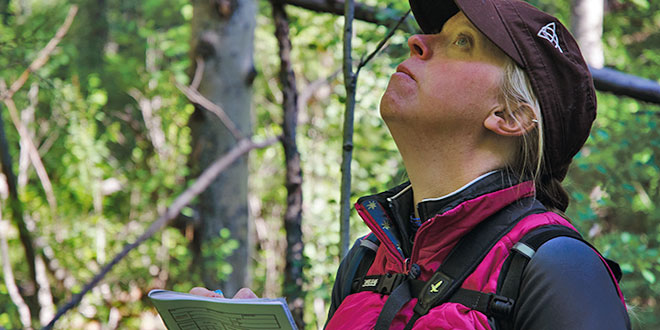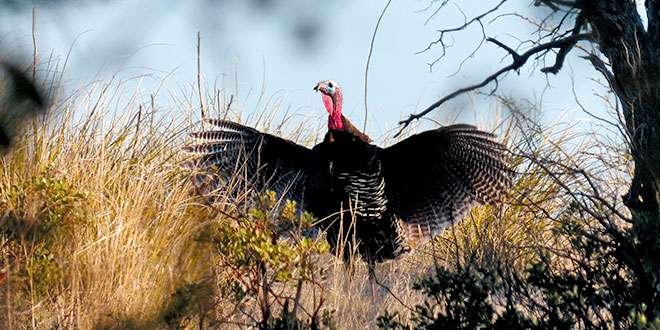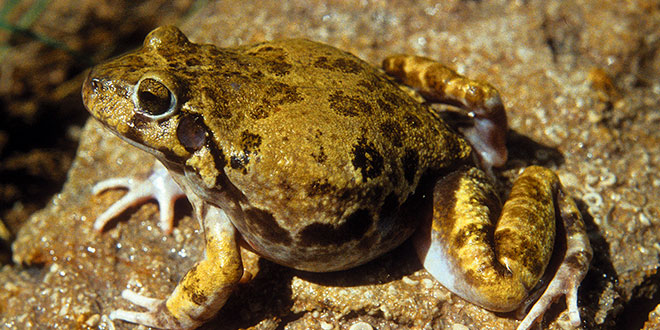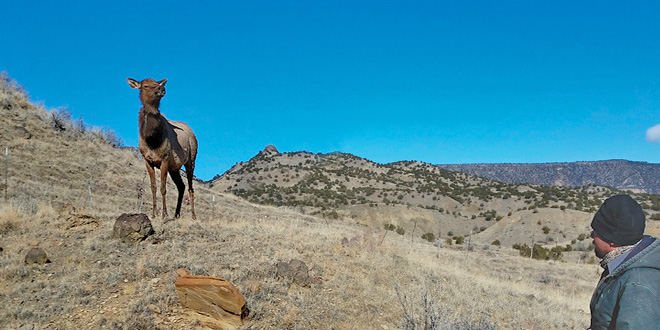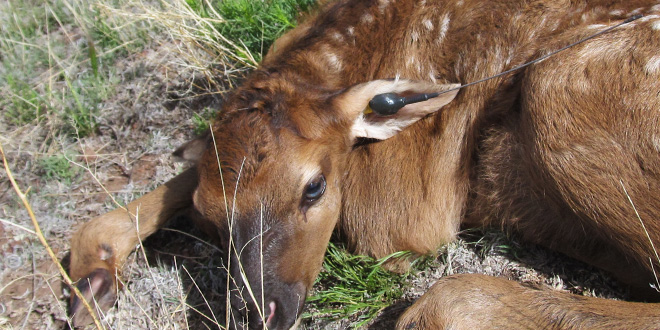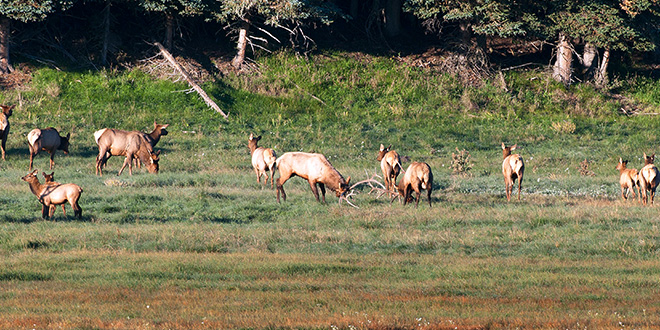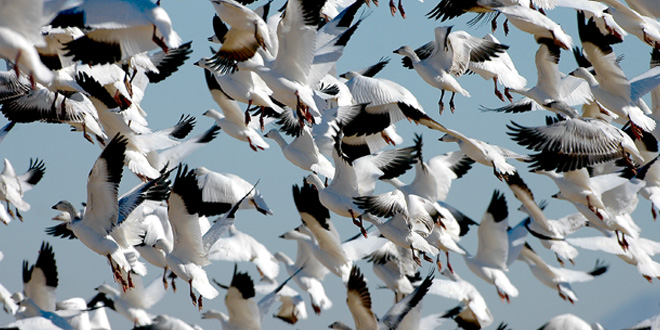Bear-resistant dumpsters benefit wildlife, people There is a difference between unintentional and intentional or negligent feeding of wildlife. Unfortunately, the end result is often the same. Bears are notorious for becoming quickly conditioned to human surroundings and habituated to human foods after consuming enticing treats found in garbage. Following such …
April, 2017
-
13 April
Mimbres River restoration
Restoration on Mimbres River expected to help threatened chub The Mimbres River is the only place in the country the threatened Chihuahua chub calls home, and New Mexico Department of Game and Fish biologists are working to make sure they’ll always feel that way. Department personnel recently completed almost $500,000 worth …
-
13 April
Rio de los Pinos
Improved aquatic habitat expected to improve angling at Rio de los Pinos For years, the remote New Mexico Department of Game and Fish Rio de los Pinos Wildlife Management Area was best known among anglers for its solitude and scenery, not the fishing. That could change now that the department has …
-
13 April
Ears, not eyes
Ears, not eyes critical in documenting small birds Walking through the Sangre de Cristo Mountains in the Santa Fe National Forest offers the opportunity to see wildlife diversity. Sometimes, however, seeing isn’t the best option. When trying to identify small birds, there are times it helps to close your eyes, …
-
13 April
Gould’s wild turkey
Gould’s wild turkey in New Mexico The wild turkey is a popular game bird throughout the United States, with their excellent eyesight and cautious behavior making for a challenging hunt. The excitement of calling in a tom or hearing the first gobble of the morning will create a lifelong memory. …
-
13 April
Citizens in conservation
Opportunity for citizens to aid in conservation In some areas of New Mexico, the anxious sound of a dog might just be … a frog. The two share a common trait: They both bark. The word is even in its common name, the eastern barking frog. Found in the Chihuahuan …
October, 2016
-
28 October
Elk calf survival rates
Wildlife management can be challenging, especially when research data has yet to be collected and a theory needs scientific support. While wildlife surveys can provide New Mexico Department of Game and Fish biologists with insight to population trends, they don’t provide answers when a decline is documented. So, when biologists …
-
28 October
Finding elk calves
As dawn broke over Chivato Mesa, a group of New Mexico Department of Game and Fish biologists, conservation officers and volunteers fanned out in search of calving elk. They climbed hilltops and used binoculars and spotting scopes to scan the vast meadows and clusters of scrub oak that dot the …
-
28 October
Positive forecast for elk
When habitat conditions are strong, wildlife tend to flourish and the overriding factor is precipitation. Adequate rainfall and snow in 2014-15 produced an abundance of available forage, resulting in healthy elk herds throughout most of New Mexico. “We had a prolific monsoon season in 2015, which created an abundance of …
-
28 October
Geese numbers dangerously high
Mid-continent populations of light geese are currently at levels never before recorded. They have surpassed critical mass and efforts to stem their growth over the last 20 years has been ineffective. “It’s a difficult concept to explain,” said Casey Cardinal, turkey and upland game biologist with the New Mexico Department …
 New Mexico Wildlife magazine Conserving New Mexico's Wildlife for Future Generations
New Mexico Wildlife magazine Conserving New Mexico's Wildlife for Future Generations
